I cloned 3 apps and now make $35K/month: The Lazy Builder’s Playbook for SaaS Success
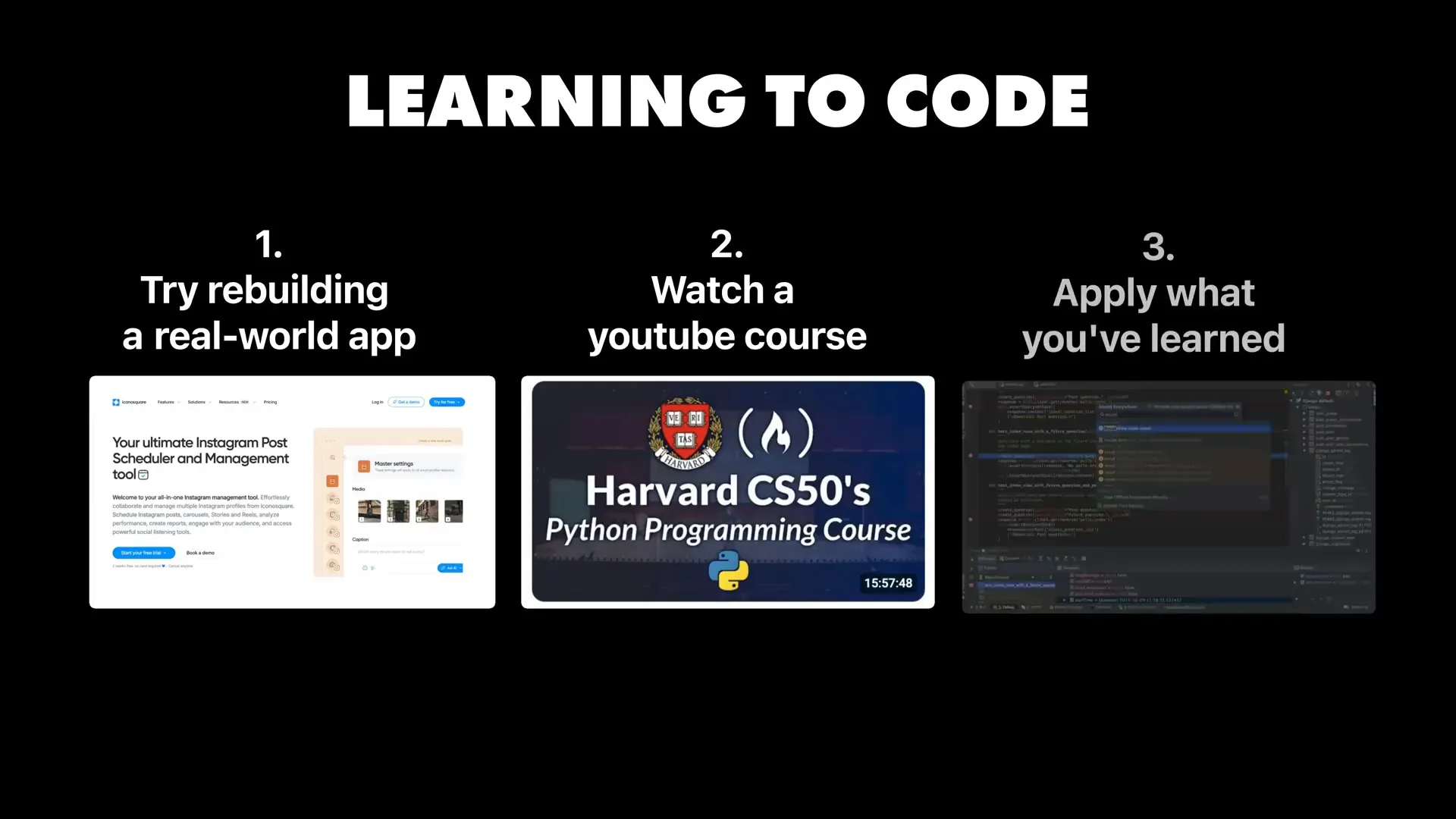
🤔 Why You Should Even Care
Look, building apps from scratch with grand, world-changing ideas sounds sexy, but for most of us solo builders juggling too many tabs and zero patience for hype, it’s a recipe for burnout. What if instead of reinventing the wheel, you could find apps already crushing it, tweak them just enough, and get your own slice of the pie? That’s the approach Samuel Rondeau took—he’s running three SaaS apps pulling in $35K a month without needing to be a coding prodigy or marketing wizard.
This post breaks down his straightforward, no-fluff strategy for spotting winning app ideas, validating them fast, and growing them with a smart stack of ads, SEO, and automation. If you want a practical AI-powered launch system for creators that doesn’t involve endless coding tutorials or chasing “innovative” unicorns, you’re in the right place.
🛠️ The Setup: From Optician to SaaS Builder
Samuel wasn’t born into tech. He was an optician with zero coding experience. His journey began by wanting to rebuild a simple Instagram tool he liked—but this time, built by himself. How? By following a 15-hour YouTube course and applying every new thing he learned immediately to his project. Here’s the kicker: just watching tutorials isn’t enough; you have to build something real alongside learning.
Fast forward, Samuel’s now running three apps making roughly $45K a month. His tech stack is pretty lean and approachable:
- Next.js & Node.js for building the apps
- Vercel for deployment
- Stripe to handle payments
- Ahrefs for SEO and traffic analysis
- AI tools like ChatGPT for coding help and Outrank.so for automating SEO content
His advice if you’re just starting? Skip traditional coding bootcamps. Pick a real project, use AI coding assistants to help you build it step-by-step, and stick to modern frameworks like Next.js and Node.js.

💡 The Magic: Find a Working App, Make It 1% Better
Samuel’s entire product ideation strategy boils down to one lazy-but-effective rule:
“Never build something that doesn’t already exist and isn’t already successful or at least getting traction.”
Why? Because the market validation is already done. Someone else’s success is your shortcut.
Here’s how he applies this:
- Scout Twitter — especially communities like solopreneurs, indie hackers, and builders who share their wins.
- Look for traction signals — founder-shared monthly recurring revenue (MRR) screenshots or Stripe screenshots are gold. If people are paying, it’s real.
- Analyze customer acquisition — use Ahrefs to check traffic sources. Are they relying on ads, SEO, or both? Ads give instant traffic, SEO builds compounding free traffic over time.
- Evaluate technical feasibility — can you build and maintain it without losing sleep over complex backend setups?
- Like the product yourself — if you wouldn’t use it, you won’t stick with building or marketing it long-term.
If an app passes these filters, it’s a green light to build your own version and improve it by just one percent. Not a full overhaul, just subtle upgrades or better UX.
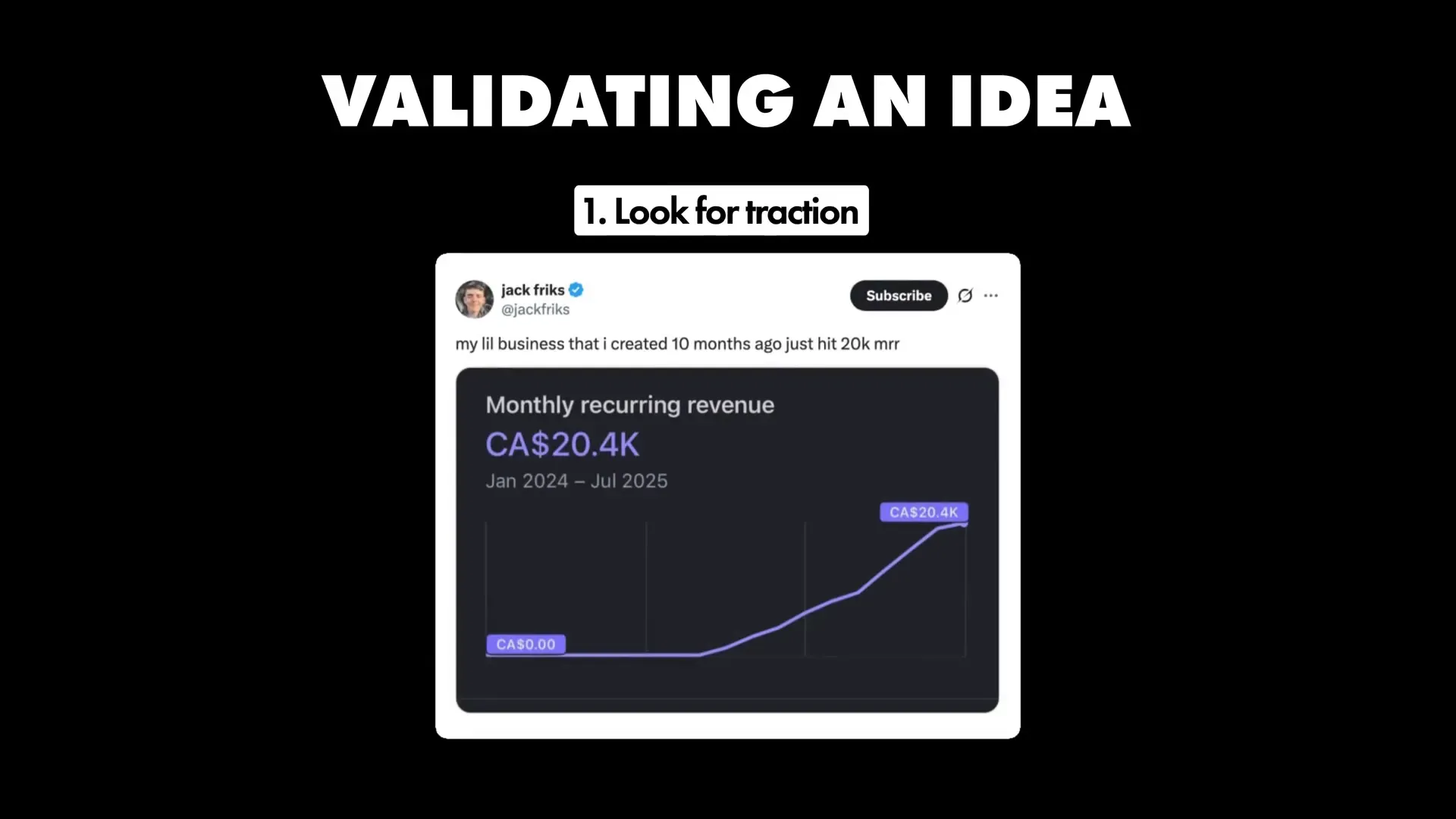
📈 Real-World Example: How Samuel Cloned and Grew His Apps
Samuel’s first app, UserOptimist, was an email-finding tool competing with big names like Apollo and Lemlist. It was a tough slog—hard to maintain and saturated market. Lesson learned.
Next came StoryShorts, an AI-powered video generator for TikTok and YouTube. Samuel spotted a viral tool automating faceless video posts with insane Facebook ad numbers. Since the traffic was primarily from Facebook ads, he knew he could replicate growth quickly by launching his own ads.
He built StoryShorts, launched ads, and saw fast traction. The product was simple, had clear demand, and was in a niche he cared about. The process was textbook:
- Validate idea with real traction
- Build fast MVP
- Launch paid ads for immediate traffic
- Scale with SEO and affiliates
His other apps include UserTeams.co (LinkedIn scraping tool, $15K/month) and Kavasity.so (new AI coding tool, early days at $900/month).
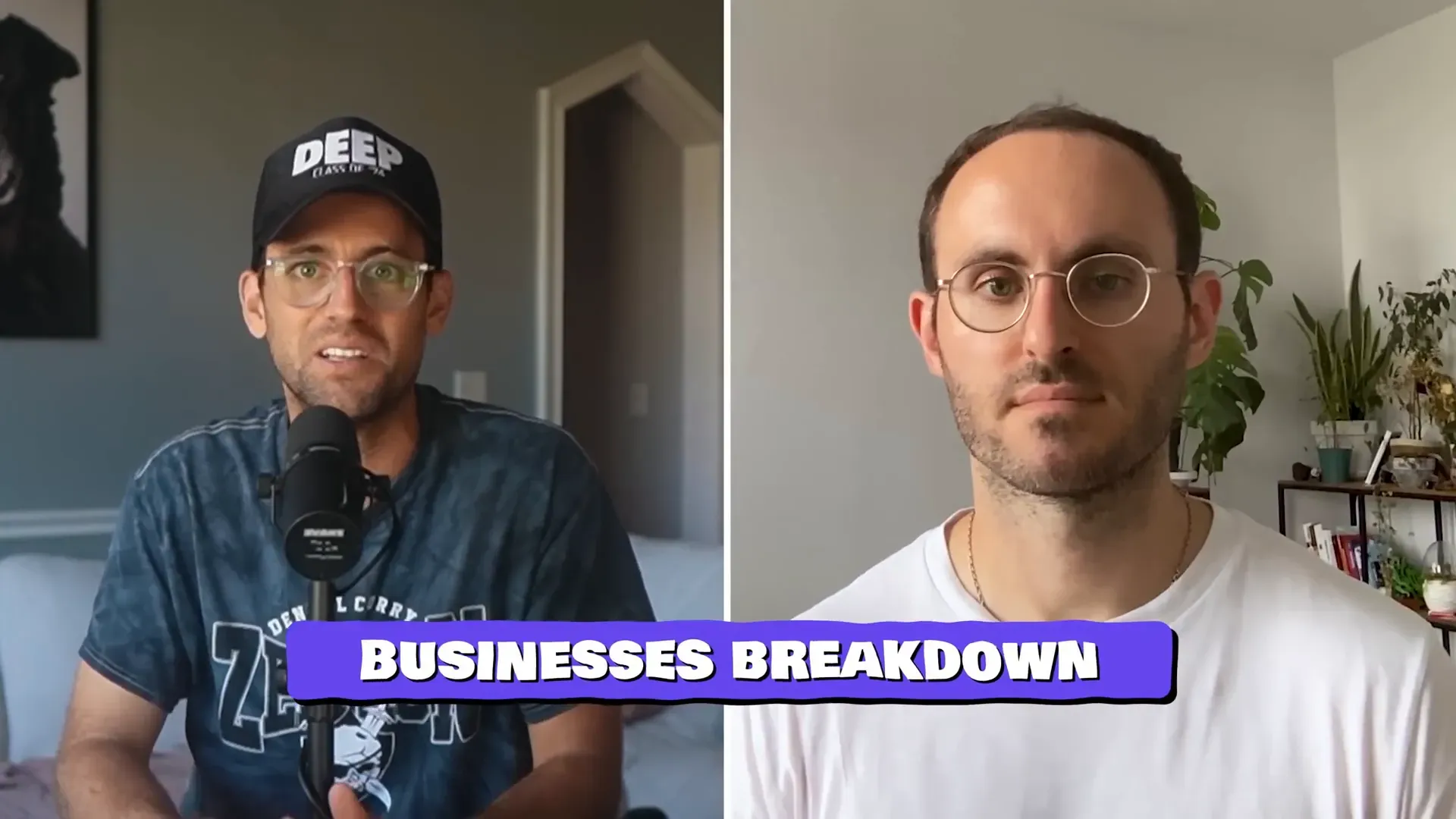
🚀 Growth Strategies That Actually Work
Samuel’s growth stack is refreshingly straightforward and repeatable:
- Start with paid ads — Google or Meta depending on the product. Ads are the fastest way to validate and get initial customers.
- Build SEO presence — don’t neglect organic. It takes time but compounds into free, sustainable traffic that adds real value long-term.
- Faceless YouTube channels — StoryShorts even has a feature to auto-publish daily user-generated content style videos on YouTube, TikTok, and Instagram. This builds brand awareness on autopilot.
- Affiliate marketing — critical for virality and fixed-cost customer acquisition. Affiliates create content, videos, and articles that drive zero-cost traffic and new leads.
This approach balances fast wins with long-term growth, all while minimizing overhead and burnout.
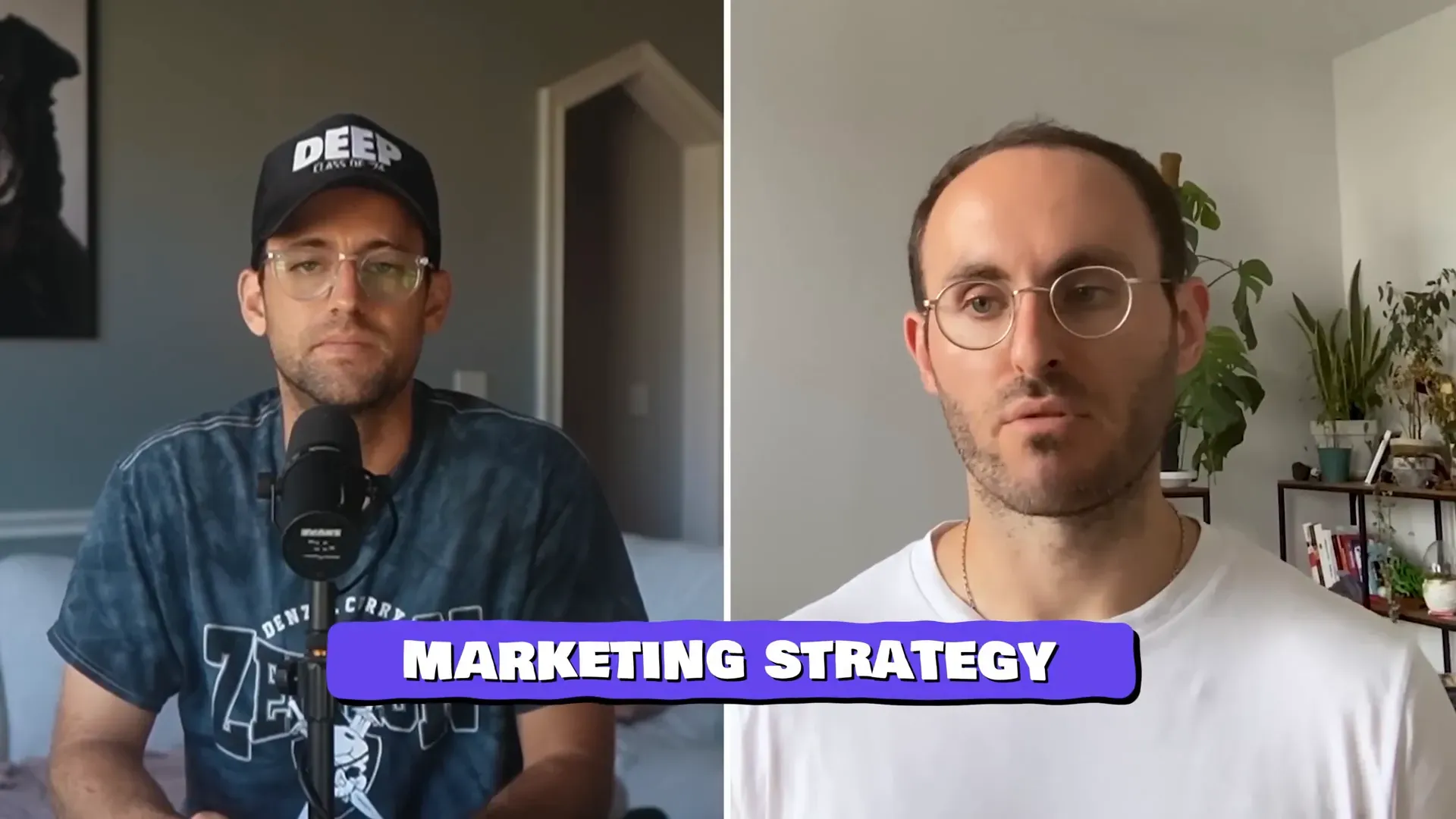
💻 Tech Stack and Profit Margins
Samuel’s apps live on a modern and lean tech stack:
- Next.js & Node.js for development
- Vercel for deployment
- Stripe for payments
- SEO tools like Ahrefs and Outrank.so to automate content creation and analysis
Costs are manageable but not trivial. UserOptimist costs about $4,000 a month to run, StoryShorts around $5,000, mostly due to backend instances and ad spend. Kavasity is newer and running smaller expenses but expects similar costs as it scales.
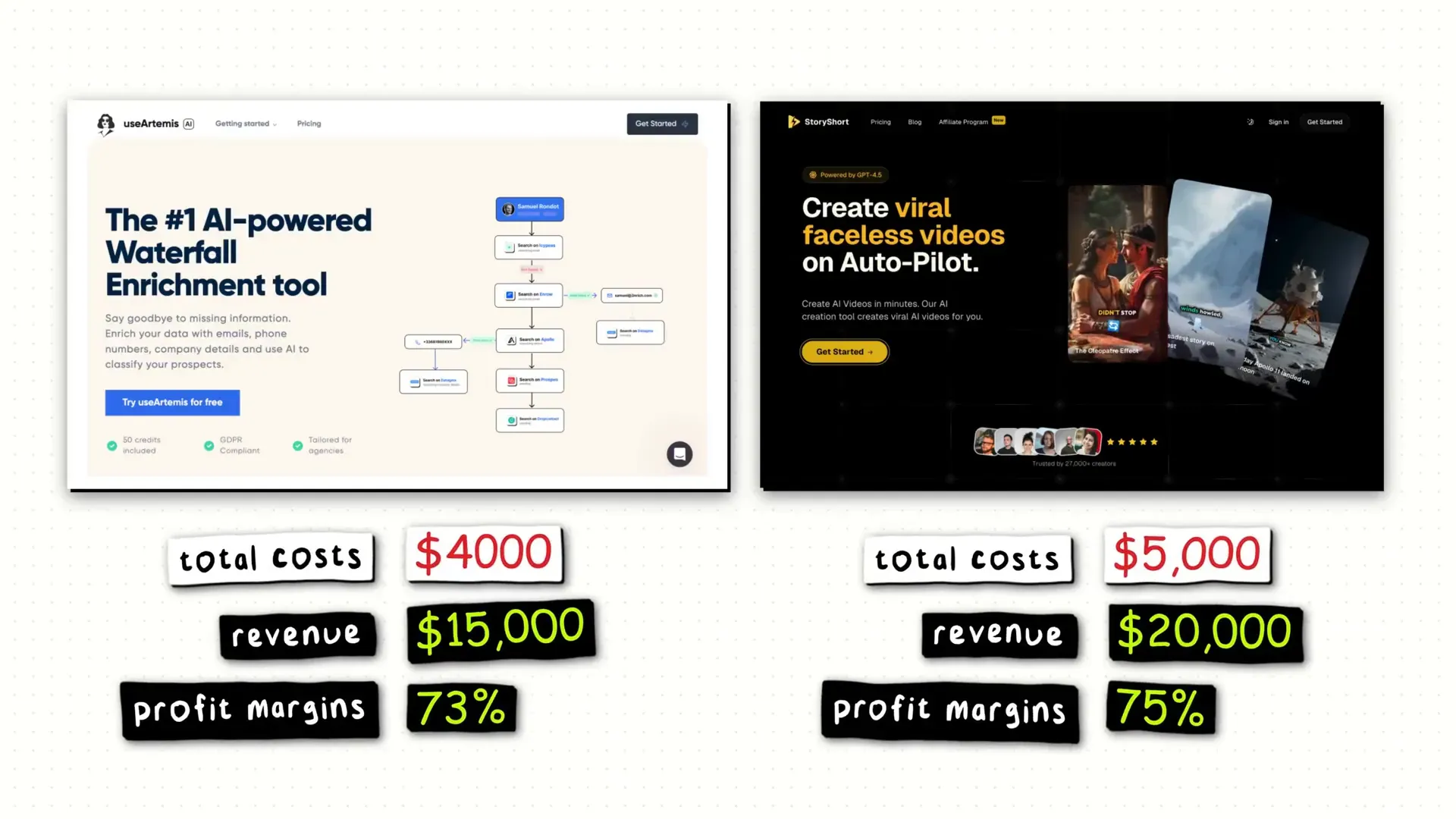
🎯 The Real Talk: No Need to Innovate, Just Execute
Here’s the uncomfortable truth Samuel learned: you don’t need to invent the next big thing. Innovation is overrated for solo builders who just want to ship and make money.
Instead, watch communities, forums, and social media for apps that are already succeeding. Clone, tweak, and ship an MVP in two weeks. Don’t get stuck polishing every feature—launch fast, run ads, and iterate based on real feedback.
Simple, boring apps often make the most money because they solve clear problems without overengineering.
📚 FAQ
How do I find app ideas worth building?
Start by scouting Twitter and niche communities where founders share traction screenshots or success stories. Look for apps that have paying users, are simple to maintain, and ideally, you’d use yourself.
Do I need to know how to code to build apps like Samuel?
Nope. Samuel taught himself coding through YouTube, but today you can lean heavily on AI coding tools like ChatGPT to build 90% of your app without deep programming knowledge.
What’s the best way to validate an app idea?
Run paid ads first to test demand quickly. If ads perform well, start building SEO content for long-term growth and consider affiliate marketing to boost virality.
How do I handle design if I’m not a designer?
Use design inspiration libraries like Mobbin, which curate real-world UI/UX patterns from top apps. This saves hours of guesswork and helps you build smarter, not slower.
What tech stack should I use?
Keep it simple with Next.js and Node.js for the backend/frontend, deploy on Vercel, handle payments with Stripe, and use SEO tools like Ahrefs and Outrank.so to automate content.
🧰 Wrapping It Up: Your AI-Powered Launch System for Creators
Samuel’s story is the blueprint for lazy builders who want to get stuff done without chasing shiny innovations or drowning in complexity. Find an app that’s already working, make it a little better, launch fast with ads, then build SEO and affiliate channels for long-term growth. Use AI tools to speed up coding and content creation, and don’t waste time on perfect design—get inspired, ship, and iterate.
This is an AI-powered launch system for creators that respects your time and energy. No hype, no fluff, just a practical path to turning ideas into income.
This article was inspired by this amazing video I cloned 3 apps and now make $35K/month. Check out more from their awesome channel.

